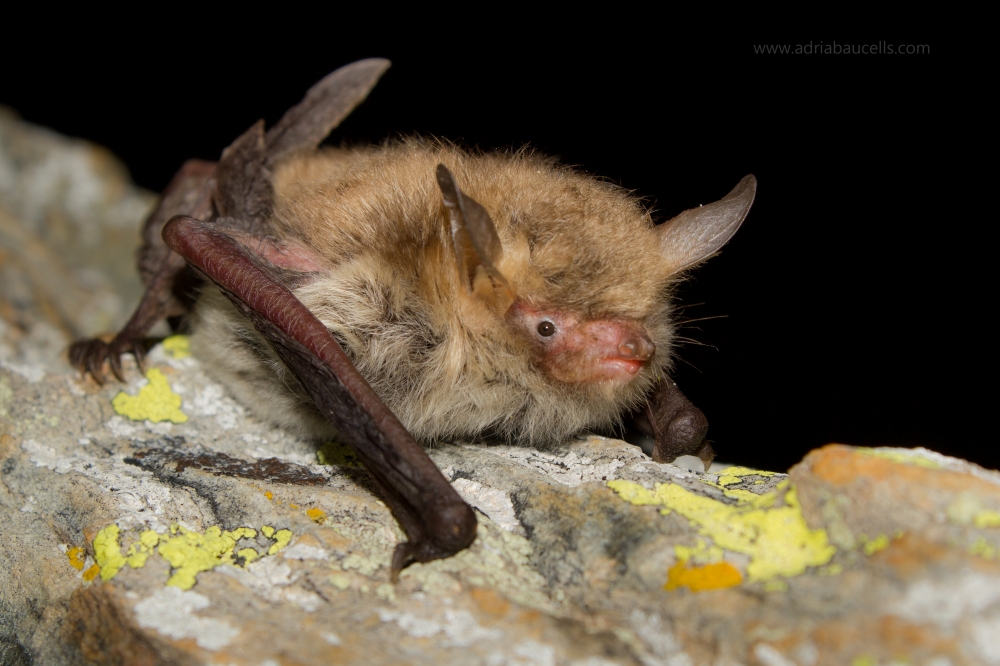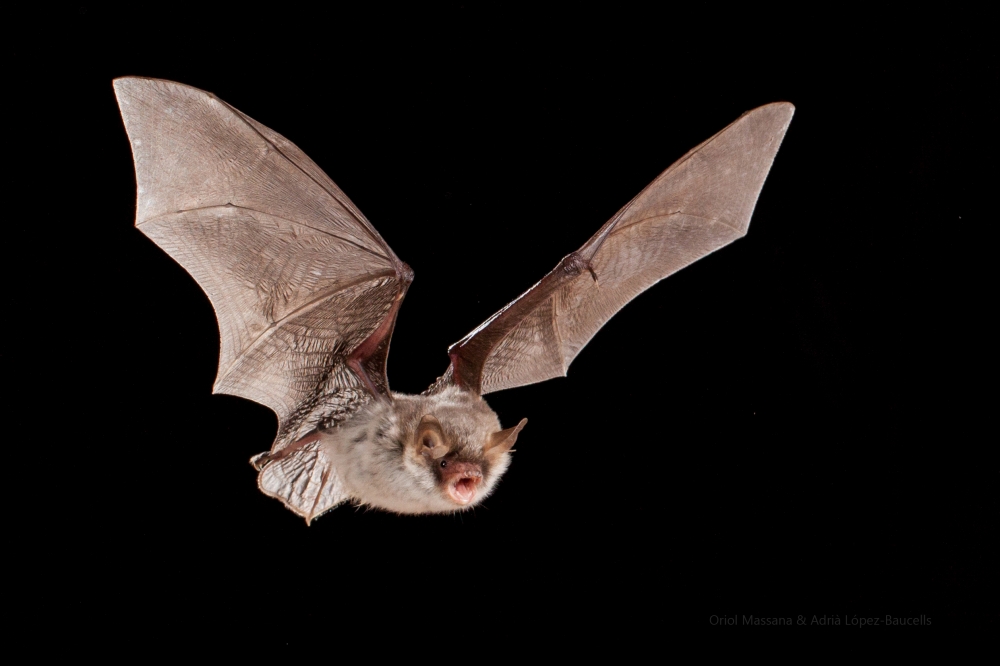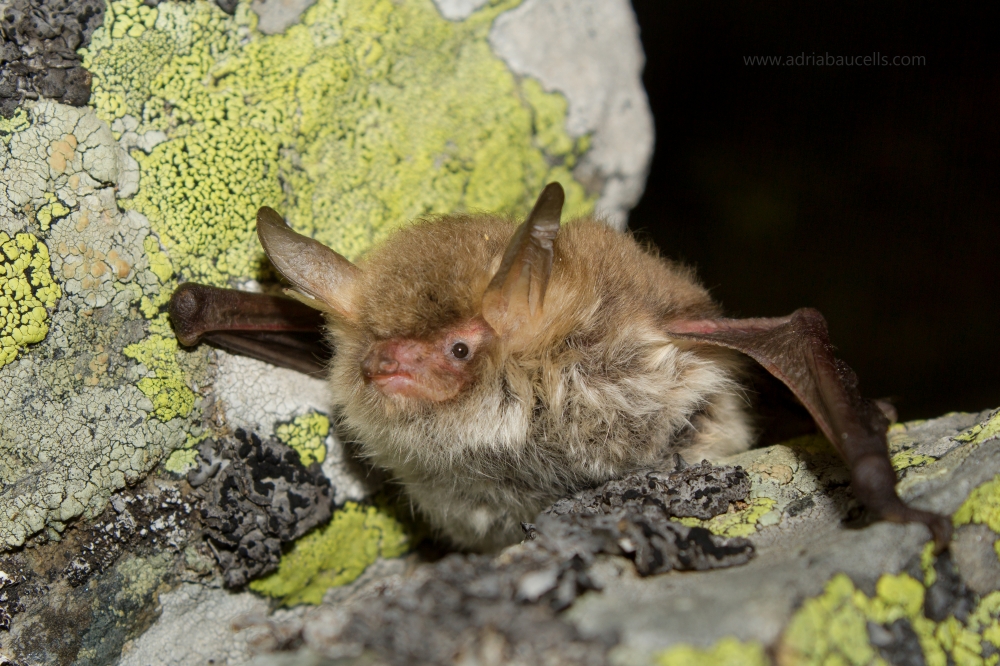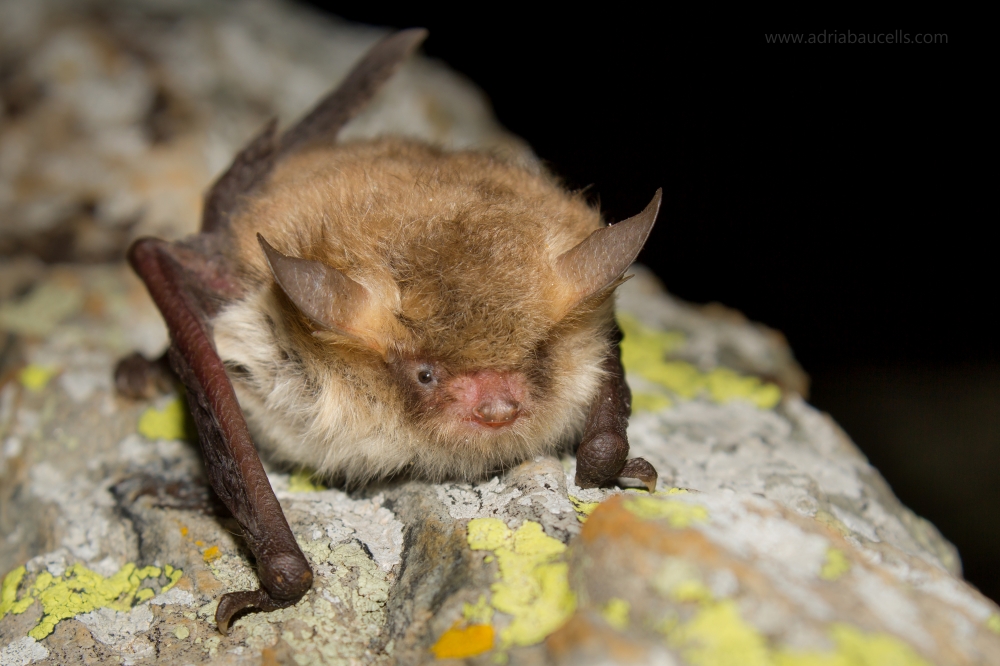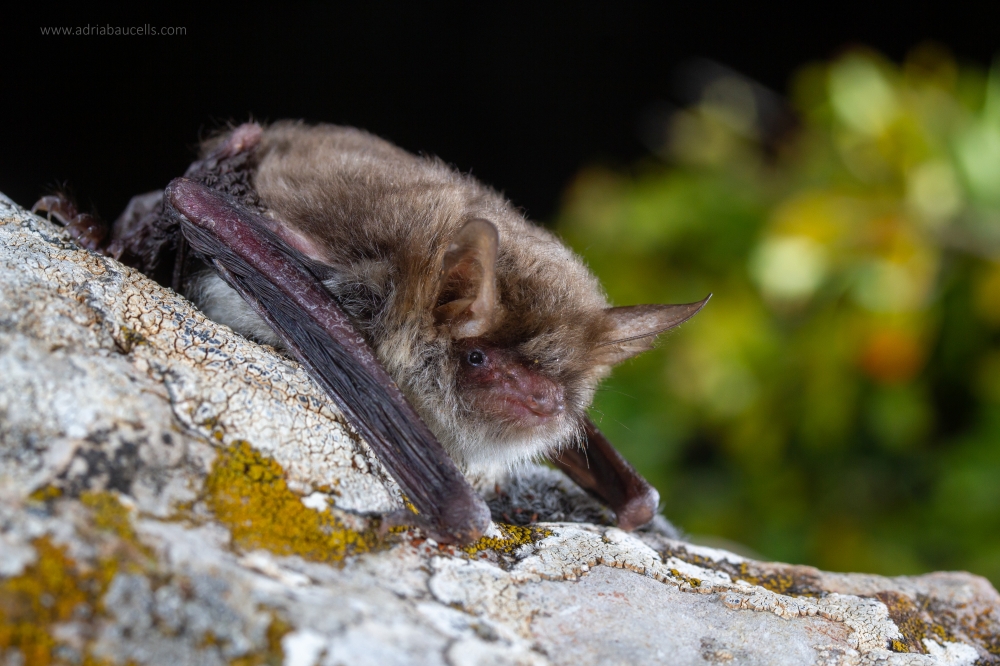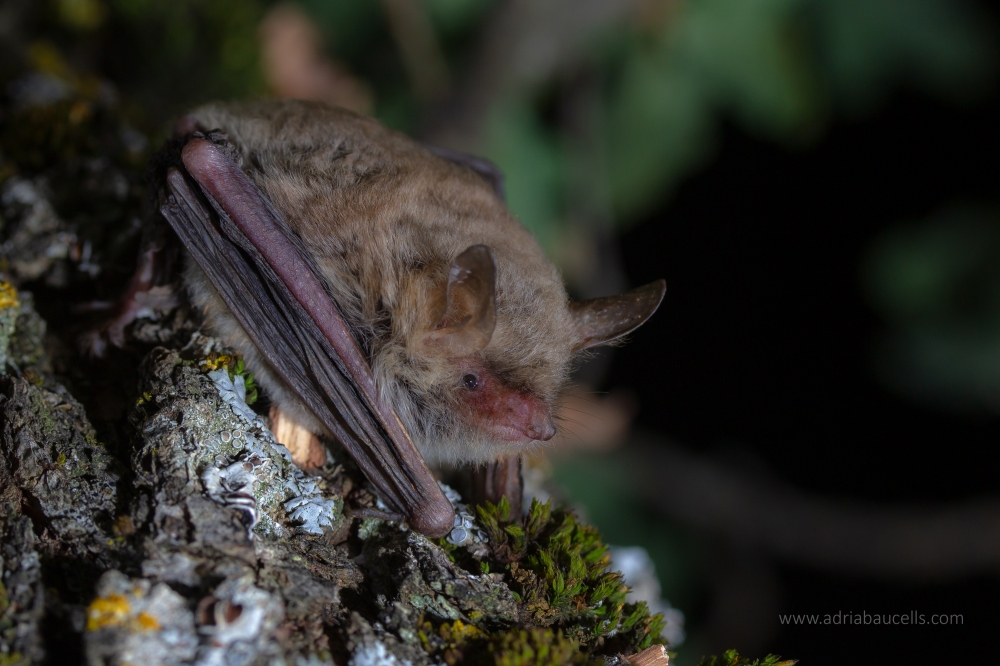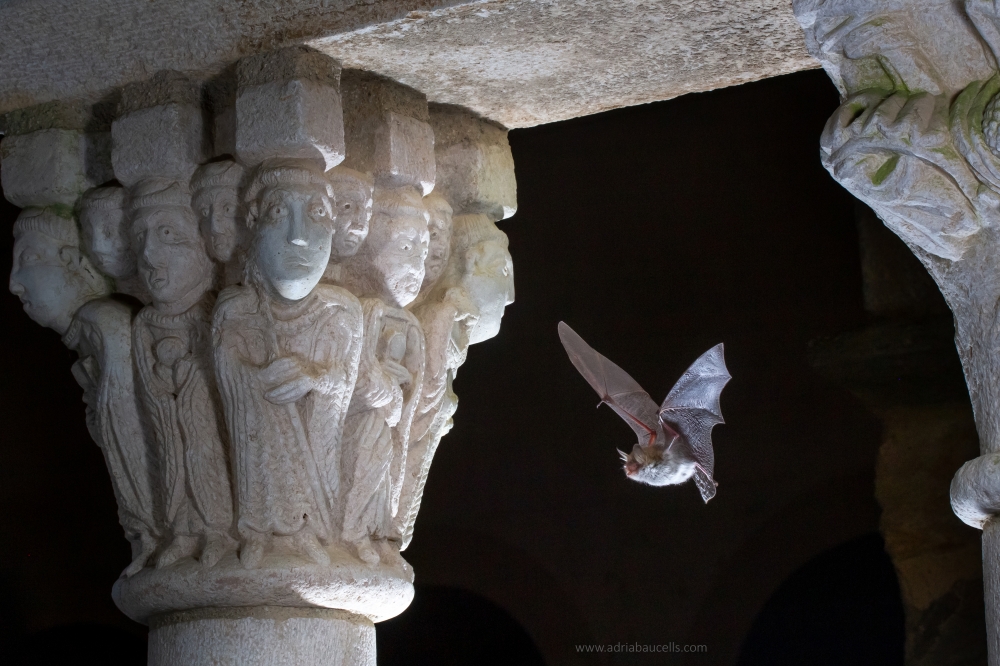Cryptic myotis
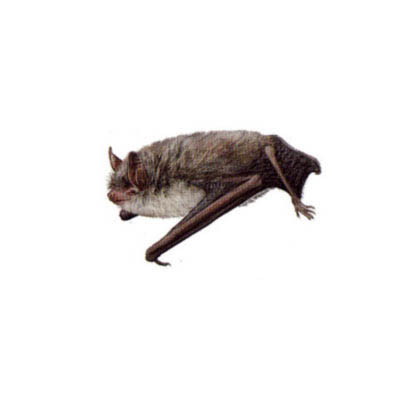
Myotis crypticus (Juste et al. 2017)
Vespertilionidae
Data defficient
| Other names | |
|---|---|
| Catalan | Rater gris itàlic |
| Spanish | Murciélago ratonero gris itálico |
| English | Cryptic myotis |
| French | Murin cryptique |
| Basque | - |
| Galician | - |
Description
Medium-sized bat measuring approximately 40 to 50 mm in length (head and body), with a forearm length ranging from 36.3 to 42 mm, and a weight between 5 and 12 g. The tail is approximately 32 to 46 mm long. The dorsal fur of this species is brown and gray, while the ventral part is lighter, gray, or whitish. It has elongated ears (14.1-17.1 mm) with a typically elongated and pointed tragus, characteristic of the Myotis genus. The face is pinkish with an elongated muzzle.
Together with the Escalera's bat (Myotis escalerai), it is part of a species complex that was previously included within Natterer's bat (Myotis nattereri), the Natterer's complex. It differs from the Escalera's bat by having a double fringe of long, stiff hairs on the edge of the tail membrane (uropatagi) where both fringes are equally short, and the wing attachment to the foot is directly at the base of the toe.
Fotografies
Distribution
This species has been described very recently in Europe and has a limited distribution in northern Spain, southern France, Italy, and southeastern Austria.
Roosts and phenology
The knowledge of the reproduction of this species is very limited, but so far, colonies of dozens of individuals have been found in abandoned buildings or fissures in dead trees. The migratory movements of this species are unknown due to its recent description.
Habitat and diet
The habitat of this species are not yet well-known, but the available data suggest that it is common in mountainous areas, possibly associated with forest habitats. It can be found up to 2,000 meters above sea level.
Due to the limited knowledge of this species, information about its diet is scarce. However, studies on its behavior have suggested that it may feed on non-flying invertebrates such as spiders and caterpillars.
Echolocation
The information about its echolocation is still not well-known. Nevertheless, it is known that its calls are typical of the Myotis genus with a peak frequency (FME) around 50 kHz. Therefore, acoustically it is classified in the phonic group Myotis 50. Recently, it has been observed that bats from the Nattereri complex could be distinguished from other small Myotis in some cases.
Status
In accordance with the IUCN Red List, this species lacks sufficient information to be classified within a threat category; therefore, it is listed as Data Deficient.
